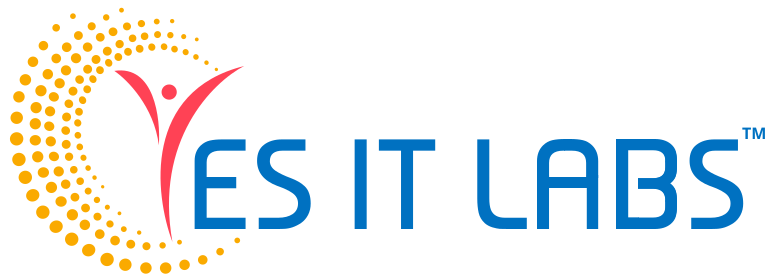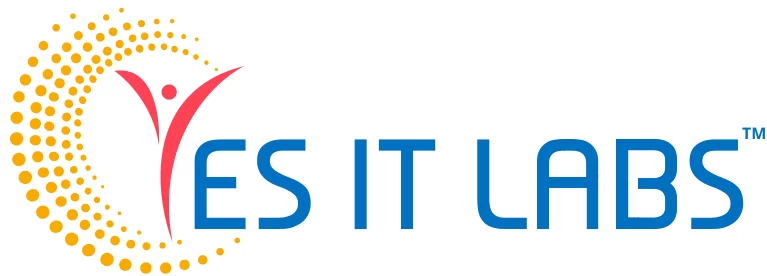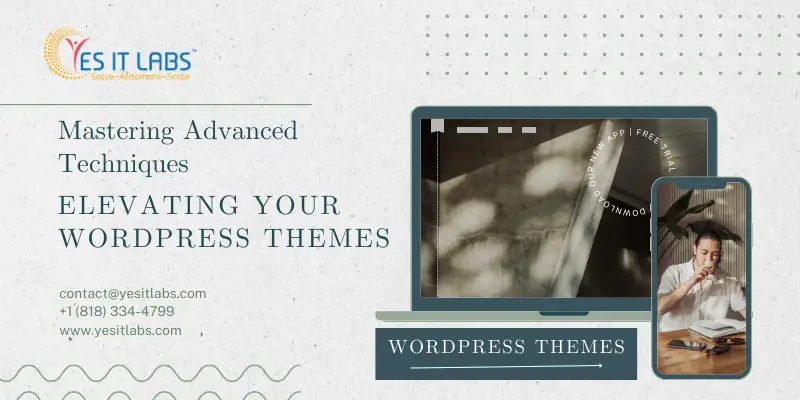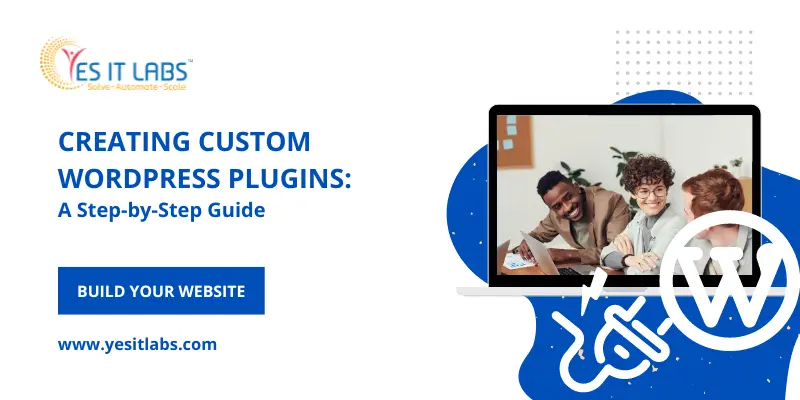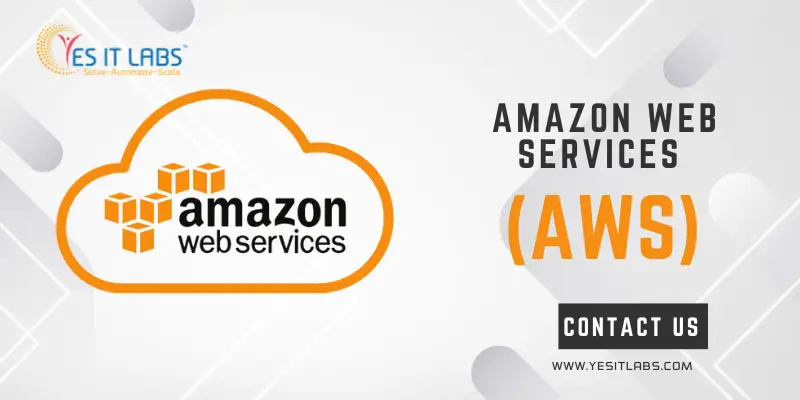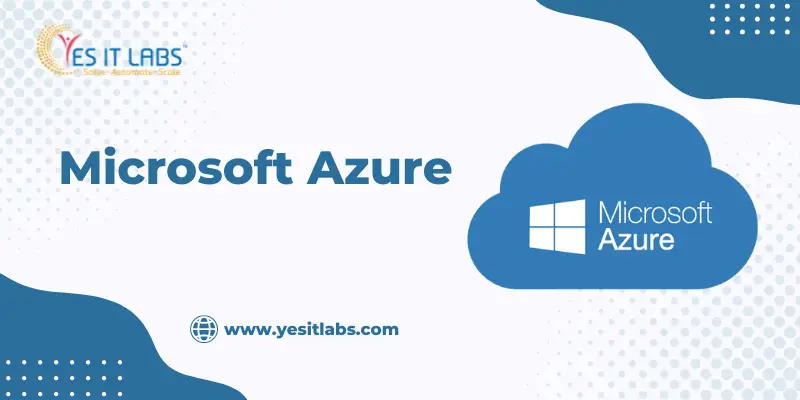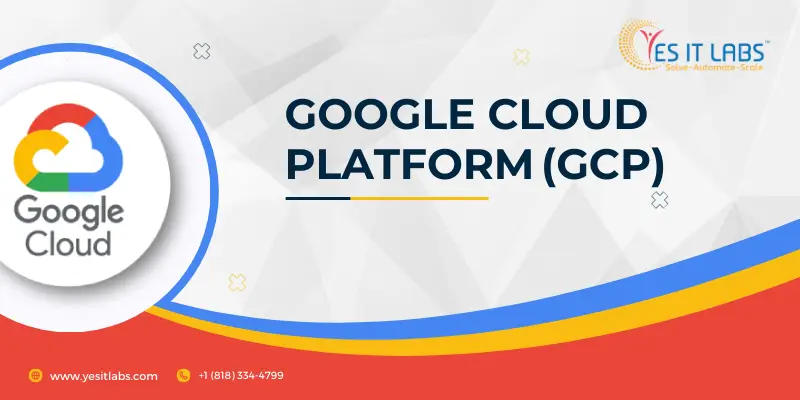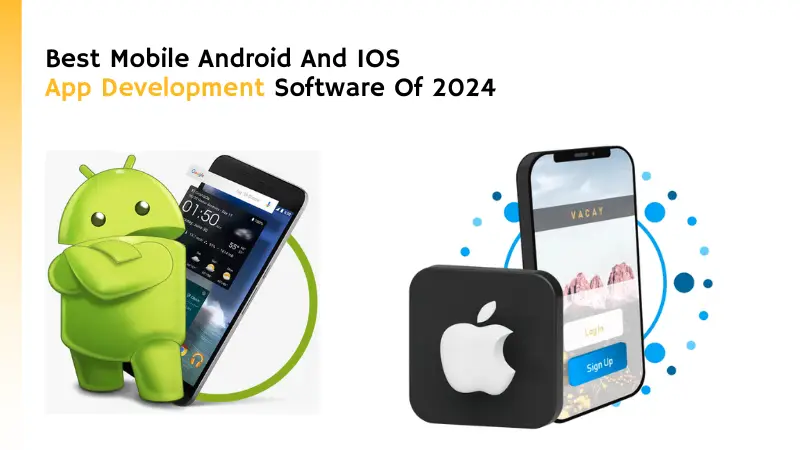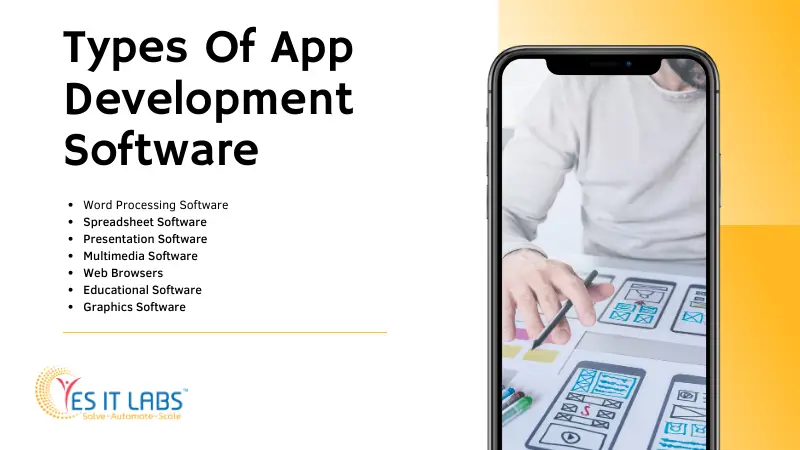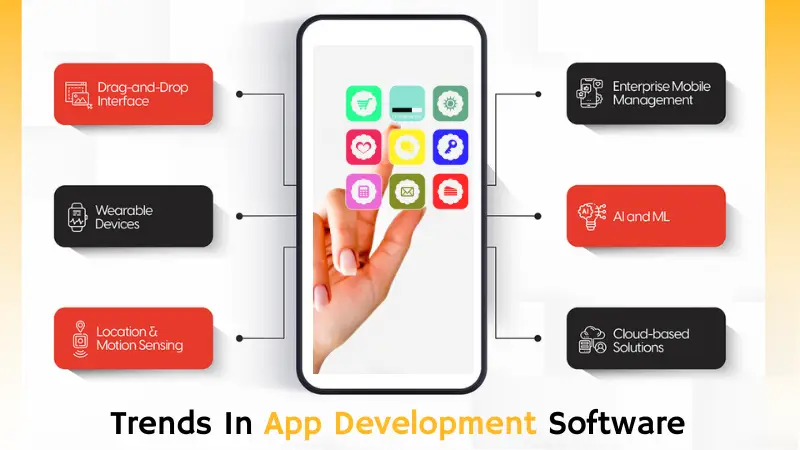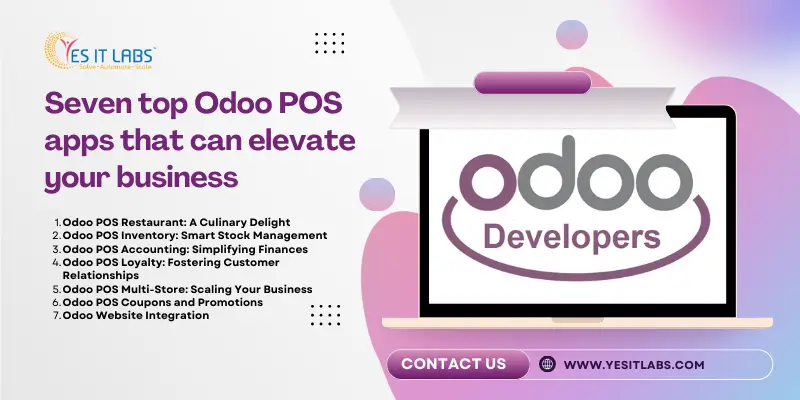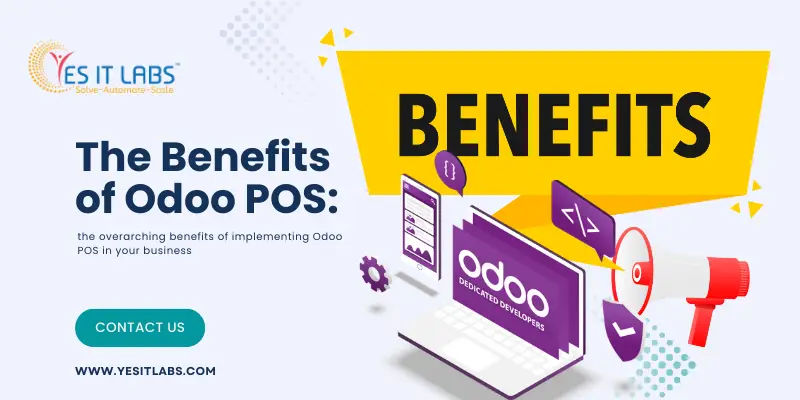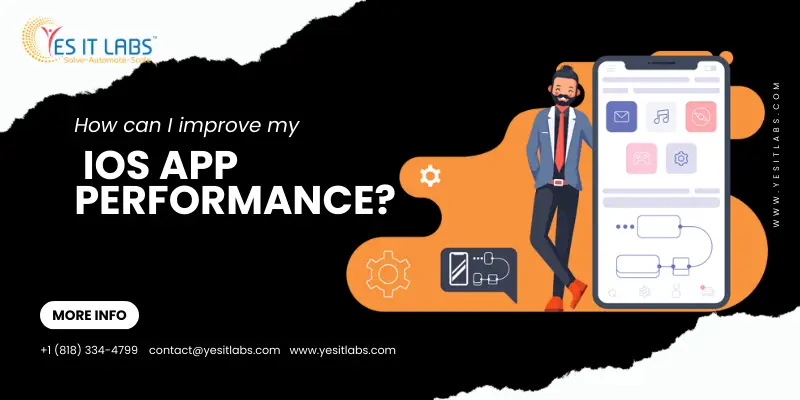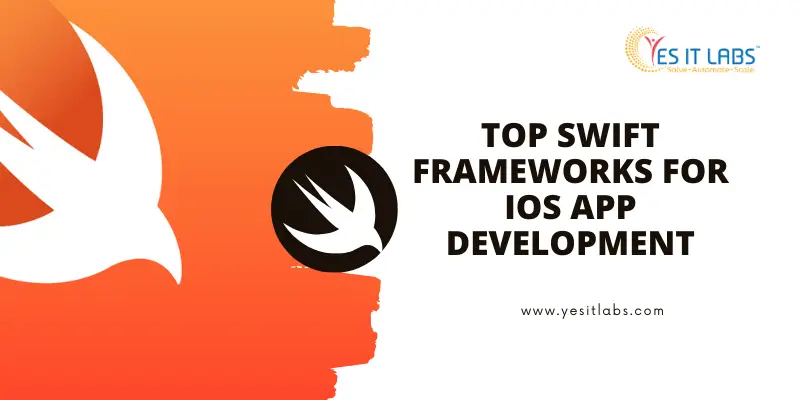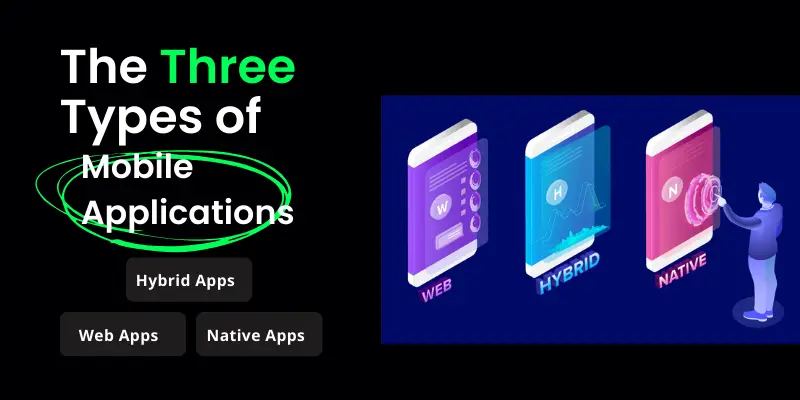Hey there, fellow entrepreneurs and e-commerce enthusiasts! Today, we’re diving into a game-changer in the digital marketplace: Shopify app development. If you’re looking to revolutionize your online store and drive business growth, you’re in the right place. Let’s explore how Shopify development services are reshaping the e-commerce landscape and why investing in them might be your ticket to success.
What Exactly is Shopify App Development?
First things first, let’s clarify what Shopify app development entails. Shopify, as many of you might know, is a popular e-commerce platform that allows businesses to create and manage their online stores with ease. Now, Shopify app development takes this a step further by enabling businesses to customize and enhance their Shopify stores through the creation of custom applications, also known as apps.
These apps can range from simple add-ons to complex solutions tailored to specific business needs. Whether it’s streamlining inventory management, improving customer engagement, or optimizing marketing strategies, Shopify app development offers a plethora of possibilities to elevate your online store.
The Power of Customization
One of the most compelling aspects of Shopify app development is the unparalleled level of customization it offers. Unlike off-the-shelf solutions that provide a one-size-fits-all approach, custom Shopify apps can be tailored to meet the unique requirements and goals of your business.
Imagine having the ability to create a seamless integration between your Shopify store and your CRM system, allowing you to automate customer interactions and streamline sales processes. Or perhaps you’re looking to implement a loyalty program that rewards repeat customers and incentivizes new ones – with Shopify app development, the sky’s the limit.
Driving Business Growth
Now, let’s talk about the real game-changer: how Shopify app development can drive business growth. In today’s competitive e-commerce landscape, standing out from the crowd is essential to success. Custom Shopify apps give you the tools to do just that by providing innovative solutions that enhance the overall shopping experience for your customers.
From personalized product recommendations to frictionless checkout processes, these apps can help increase conversion rates, boost customer satisfaction, and ultimately, drive revenue growth. And with the ability to continuously iterate and optimize your apps based on real-time data and feedback, the potential for long-term success is virtually limitless.
The Role of Shopify Development Services
Now, you might be wondering – how do I get started with Shopify app development? This is where Shopify development services come into play. Whether you’re a seasoned developer or a business owner with little to no technical expertise, Shopify development services can help bring your vision to life.
These services typically encompass everything from initial ideation and design to development, testing, and deployment. Whether you’re looking to build a custom app from scratch or integrate existing third-party solutions into your Shopify store, Shopify development services provide the expertise and support you need to succeed.
Answering Your Burning Questions
Before we wrap up, let’s address a couple of common questions about Shopify app development:
Can you build an app with Shopify?
Absolutely! Shopify provides a robust set of tools and resources for building custom apps tailored to your specific business needs. Whether you’re a developer looking to create your own app or a business owner seeking to hire a Shopify development service, building an app with Shopify is both feasible and rewarding.
Is Shopify app development profitable?
Without a doubt! As the e-commerce industry continues to evolve and grow, the demand for innovative solutions to enhance online stores is higher than ever. By investing in Shopify app development, businesses can unlock new revenue streams, attract more customers, and ultimately, drive profitability.
In Conclusion
In conclusion, Shopify app development represents a transformative opportunity for businesses looking to redefine their e-commerce strategy and drive sustainable growth. By leveraging the power of customization, innovation, and Shopify development services, you can create a truly unique and compelling online shopping experience that sets you apart from the competition.
So what are you waiting for? Whether you’re a small business owner or a seasoned e-commerce veteran, now is the time to harness the power of Shopify app development and take your online store to new heights. The future of e-commerce is here – are you ready to seize it?
